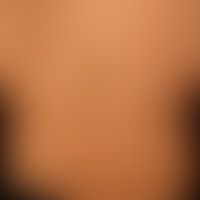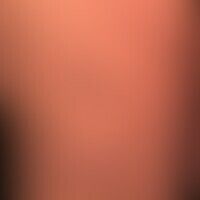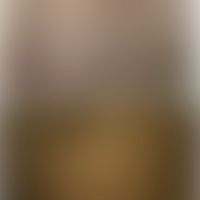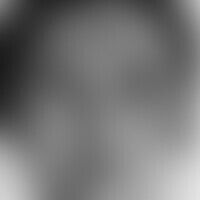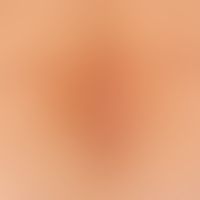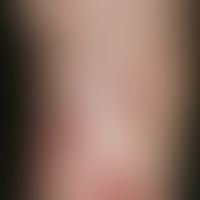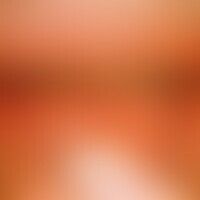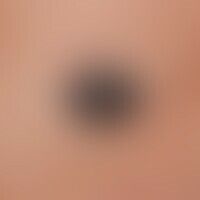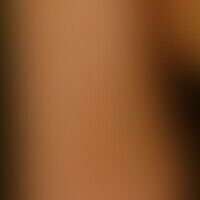Image diagnoses for "brown"
357 results with 1404 images
Results forbrown
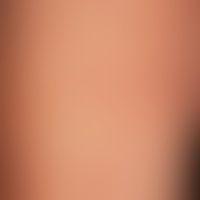
Purpura pigmentosa progressive L81.7
Purpura pigmentosa progressiva. irregularly configured, reddish-brownish spots with petechiae that cannot be pushed away (cayenne pepper spots).
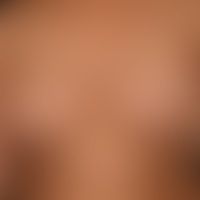
Graft-versus-host disease chronic L99.2-
generalized cGVHD: generalized, scleroderma-like, hardly itchy generalized skin disease. graft-versus-host disease occurred about 2 years after stem cell transplantation. poikiloderma with bunchy, hyper- and depigmented indurated plaques.
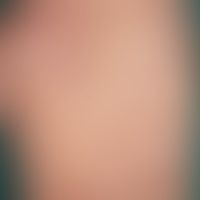
Pustulosis palmaris et plantaris L30.2
Pustulosis palmaris et plantaris: multiple, acute, disseminated, 0.2-0.4 cm large, smooth yellowish pustules next to older, dried-up brown spots on the palm of a 42-year-old man. Occurs on both palms in an acute, febrile streptococcal angina.
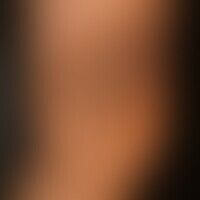
Nevus pigmentosus et pilosus D22.L6
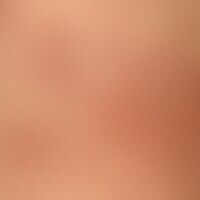
Purpura anularis teleangiectodes L81.7
Purpura anularis teleangiectodes: clinical picture that has existed for several months with anular, borderline reddish-brown (not push-off) spots and plaques; no itching
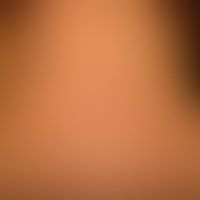
Acanthosis nigricans benigna L83
Acanthosis nigricans benigna: blurred brown-black spots, in places also plaques, no subjective symptoms.
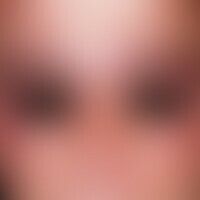
Demodex folliculitis B88.0
Demodex folliculitis: distribution pattern of the typical follicular, inflammatory nodules; infestation of the eyelids (Meibomian glands).
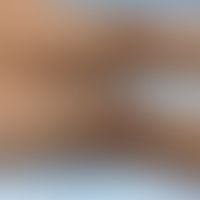
Hemochromatosis E83.1
Haemochromatosis: small and large patches of hyperpigmentation on both lower extremities, flat over the knees and without symptoms.
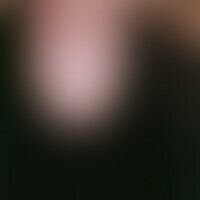
Early syphilis A51.-
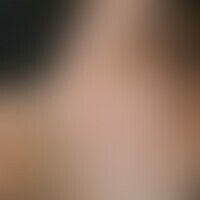
Old world cutaneous leishmaniasis B55.1
Leishmaniasis, cutaneous. solitary, chronically inpatient, no longer increasing, existing for about 18 months, approx. 3.0 x 3.0 cm, whitish, skin-coloured to brown scar localized on the right cheek. atrophic surface, folded. stay in endemic area (Africa) before first appearance.
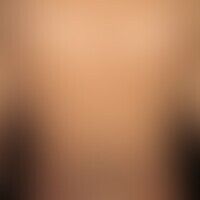
Addison's disease E27.1
Addison's disease: homogeneous hyperpigmentation of the back in a 35-year-old man; especially accentuated on the lateral parts of the back and in the lumbar region. The patient made a statement typical for Addison's disease: "Last summer's suntan did not recede as usual" The transverse light stripes of the lumbar region correspond in appearance to striae cutis distensae.
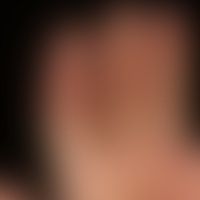
Fingertip necrosis I77.8
Healed fingertip necroses in chronic " Graft-versus-Host-Disease": 2 years afterstem cell transplantation, large-area scleroderma and poikiloderma skin changes. Massive acrosclerosis. Scarring on the fingertips after healed fingertip necroses.
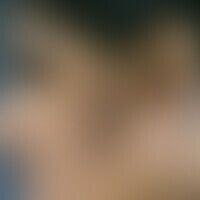
Hyperpigmentation postinflammatory L81.0
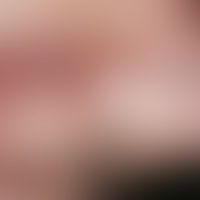
Nasal papilla fibrosus D23.3
Nasal papule, fibrous, solitary, seti-year-old, 0.5 cm diameter, sharply defined, symptom-free, skin-coloured, smooth, firm papule.
